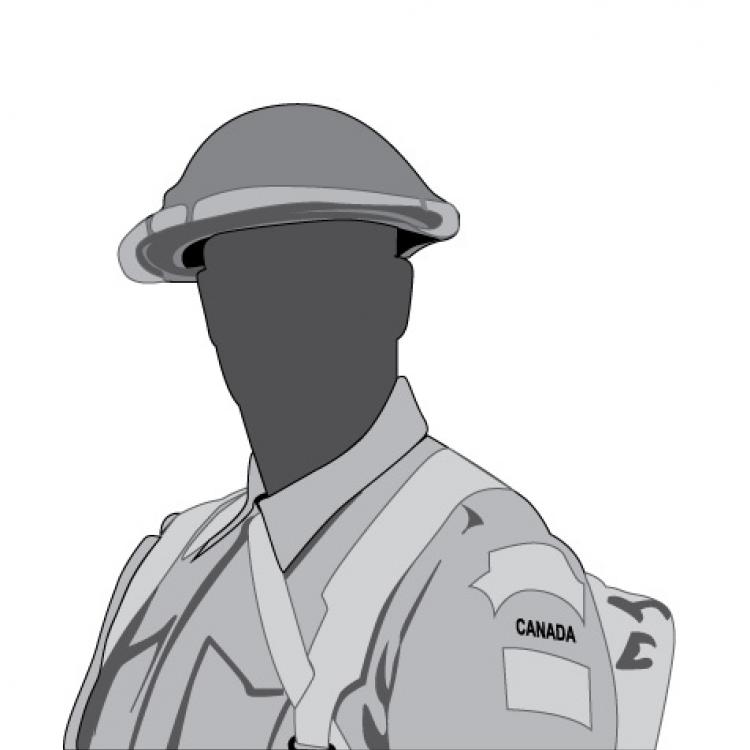McLEOD, James Edmund
DIVISIONAL UNIT: 2nd Canadian Infantry Division, 4th Infantry Brigade, 18th Battalion - West Ontario Canadian Infantry Corps
RESIDENCE: Ethel – Ontario
CEMETERY: Crouy British Cemetery – Crouy – Somme – France V D 24
PARENTS: Mrs. Sarah Mcleod – Seaforth / Brussels - Ontario
Occupation: Blacksmith
Religion: Presbyterian
Personal: Height was 5' 7" with a weight of 150 pounds. He had a dark complexion, brown eyes and black hair.
Private McLeod and the 161st arrived in England on November 11, 1916. On February 28, 1918, he transferred to the 18th Battalion, goes overseas into France on March 3rd and then joins the 18th Battalion in the field on March 15, 1918.
Fog was obstructing the enemy lines on the morning of August 8th and at 4 am the enemy brought down a very heavy artillery barrage with all calibre of guns onto the positions the Battalion was presently holding. Very heavy fire was directed on the wooded area in the south-west area of Villers-Brettoneaux. The enemy barrage then ended.
At the same moment, the Brigade artillery began a barrage onto the enemy positions and the Battalion began their advance toward their objective which was situated east of Marceicave and the adjoining quarry. By 7:45 am on the morning of August 8th the Battalion had reached their objective. The casualty count to this point in the advance was very light due to the heavy fog conditions. As the advance continued the Battalion began to encounter more enemy opposition in the form of well secreted enemy machine-gun nests and a number of these positions were then destroyed.
During the advance, the casualty count was 30 men killed and 180 men wounded.
Private McLeod as he was advancing with his unit sustained serious shrapnel wounds to his head. He was attended to immediately in the field and then moved to No. 5 Casualty Clearing Station - Vecquemont However, his wounds proved to be fatal and he could not survive past the following day which was August 9th, 1918.


